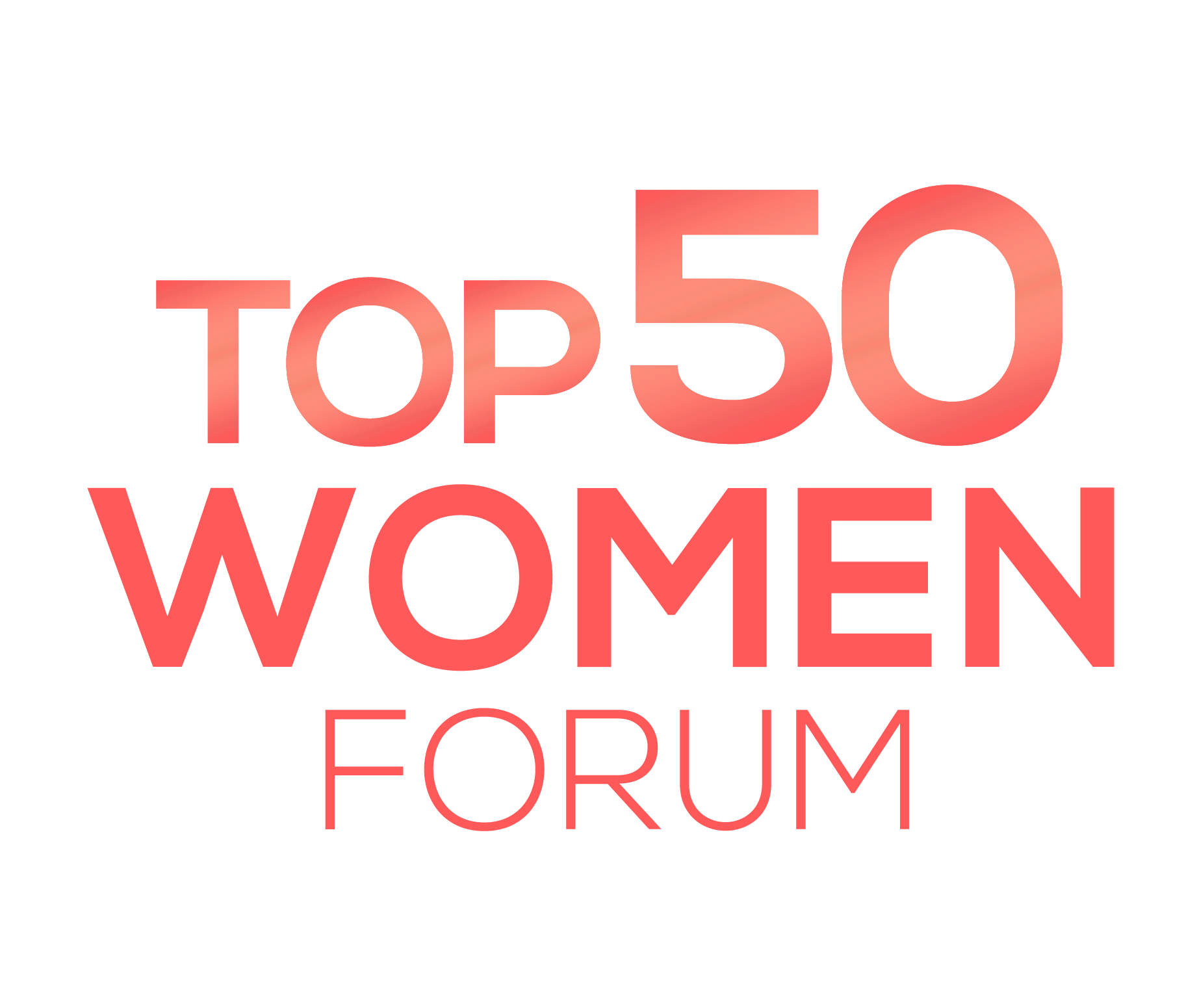Hundreds of women wait for aid at the Women and Children Development Association office in the eastern Sudan village of Jabait.
According to the UN Women website, some of the women working at the WCDA office are Jabait residents, while others have come from elsewhere in the country. More than 7.3 million people have fled their homes nine months after conflict erupted between the Sudanese Armed Forces (SAF) and the Rapid Support Forces (RSF), with children accounting for roughly half of those displaced. The WCDA and other local women’s organizations are on the front lines of the crisis response.
Notably, Sudan has the world’s highest number of displaced people, including the world’s worst child displacement crisis. The WCDA has provided hygiene kits, water, household items, and other forms of humanitarian aid to Yousif and other displaced women and children through a partnership with UN Women. According to Yousif, the aid has gone a long way toward improving their lives, but they still lack many necessities.
In collaboration with local women’s groups, UN Women has partnered with five major women’s organizations to implement an emergency humanitarian plan in Sudan.
Between 15 April and 15 November 2023, 163 local humanitarian partners in Sudan provided life-saving assistance to approximately 4.9 million people, while 5.7 million people received agricultural and livelihood assistance. UN Women collaborated with the Red Sea State Emergency Room on one project to deliver aid to those in need.
Even though millions of people have received aid, the situation remains dire. Some of the various challenges affecting humanitarian assistance delivery include insecurity, looting, bureaucratic impediments, poor phone connectivity, a lack of cash, and a shortage of technical and humanitarian staff. Fuel and power shortages also have an impact on the movement of humanitarian personnel and supplies.



